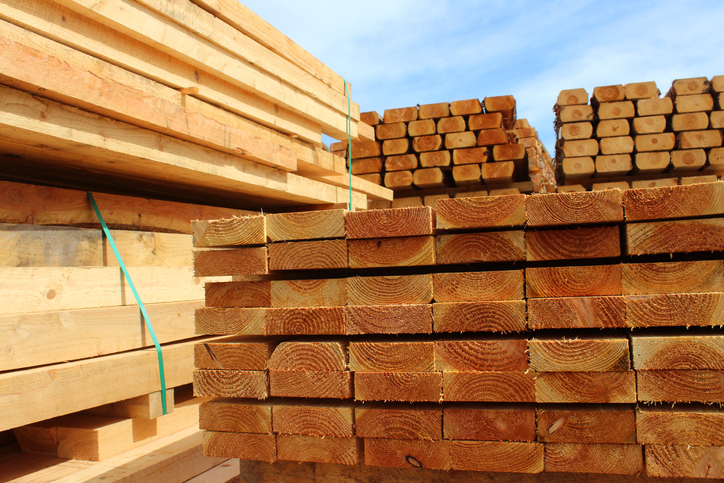

EHRA worked with the District to create a comprehensive Parks Master Plan, which included recommendations for the development of over two miles of hike/bike trails adjacent to local streets, and within flood control and utility pipeline easements. The District began implementation of the Plan by prioritizing the beautification of West Road, a major arterial street that runs through the District.
Engineering design and construction phase services of water, sewer, drainage and paving for four subdivision sections and off-site channel (123 acres out of a 400 acre subdivision). There was 60-feet of elevation difference on this site and wooded lots were left in their natural state which required the installation of retaining walls.
Identified as a top priority during the development of the District’s Parks Master Plan, this portion of trail was the first phase of over two miles of planned trails to provide connectivity and recreation for District residents.
EHRA was selected by the client to provide engineering design and to serve as District Engineer for the 2,400 acre Towne Lake Development. Our survey department retraced the overall boundary and performed a topographic survey of the site.
This project was the second phase of parks implementation outlined in the District's Parks Master Plan, which was completed by EHRA in 2007. Utilizing the site of a recently demolished former wastewater treatment plant provided an opportunity to create a passive park space for District residents.
Mass timber building advocates are encouraged by the results of the world’s first blast tests on full-scale structures framed with the renewable construction material. The performance metrics and design guidance produced from the tests, largely on cross-laminated timber frames, will help developers and blast engineers use CLT walls and floors as framing for target buildings that require hardening based on perceived security risks.
“No live tests had ever been done on cross-laminated timber,” says Bill Parsons, chief operating officer for WoodWorks Wood Products Council, which organized the seven tests. The only previous tests had been shock tube tests, which shot air waves at CLT panels to mimic an explosive.
Tests at Tyndall Air Force Base in Florida, on loaded and unloaded specimens, varied the blast force, the material grade, the number of plies and other factors. In all tests, three conducted in the fall of 2016 and four last fall, the structures remained intact under “significant explosive loading well beyond their design capacity,” according to WoodWorks. Based on the results, “mass timber structural systems can effectively resist blast loads in the elastic response range with little noticeable damage,” says Mark Weaver, principal of Karagozian & Case Inc.
Source: http://enr.com
